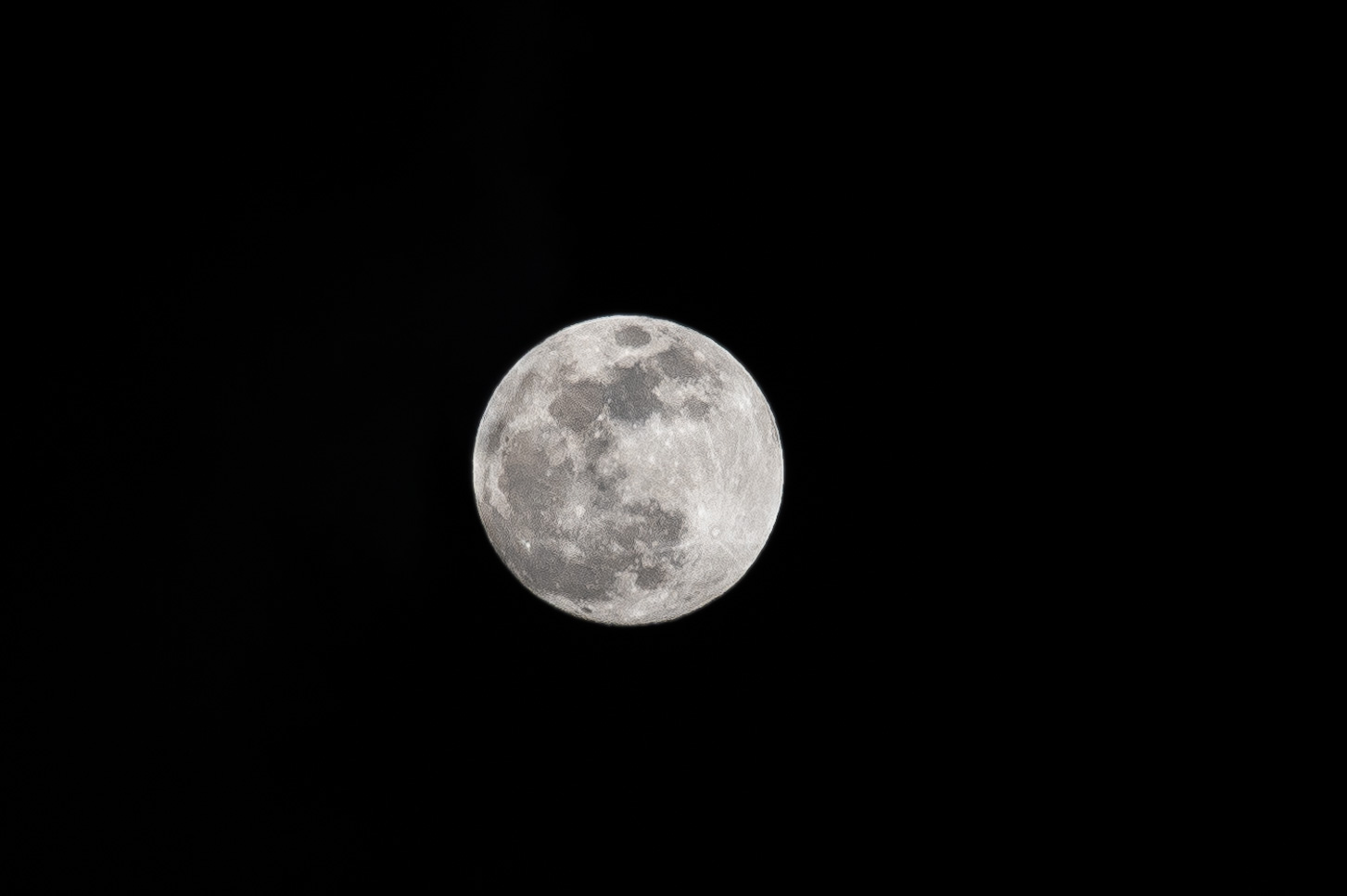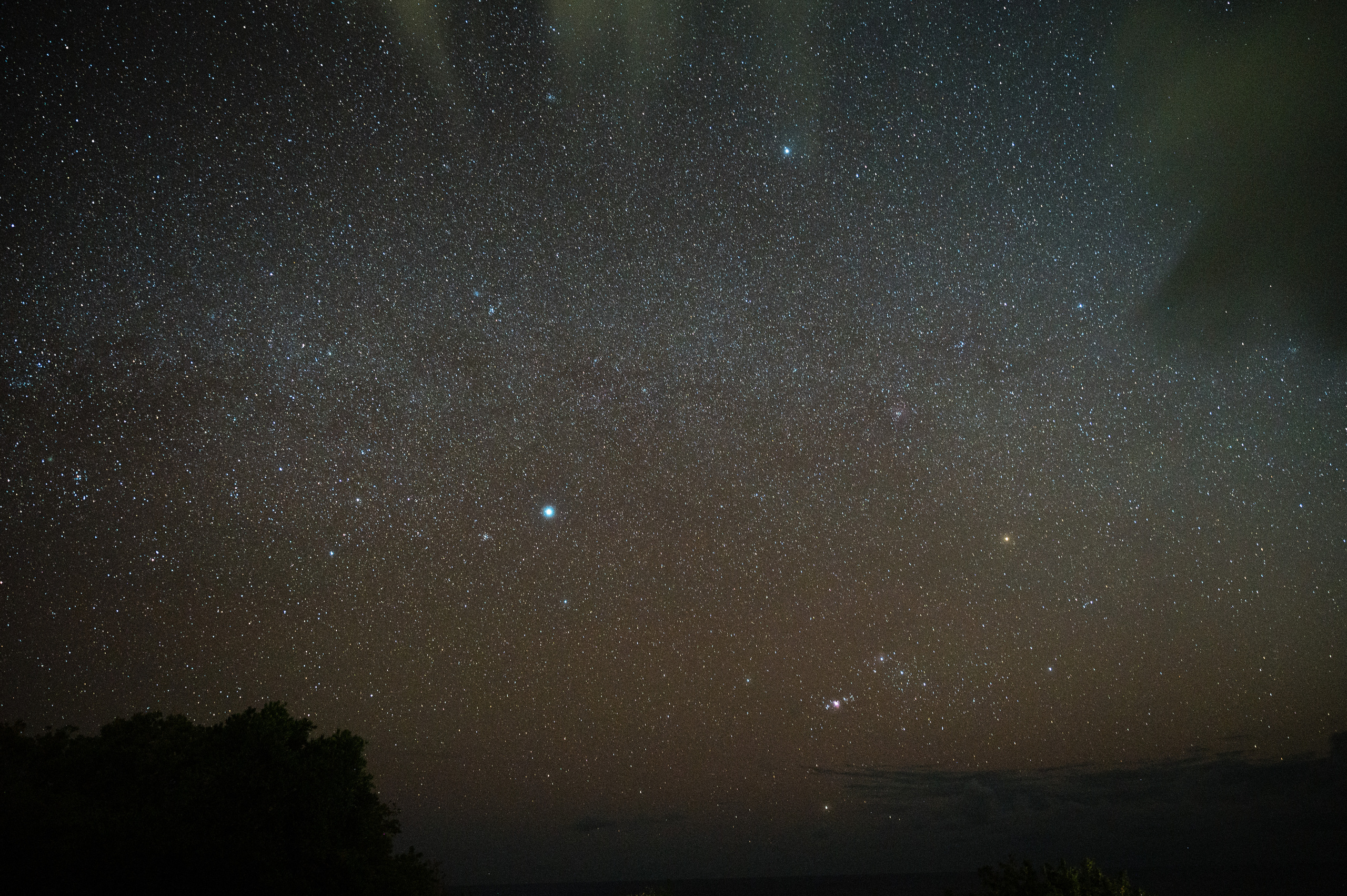From beaches to wildlife to soaring cliffs to portraits of the many smiling faces on-island, there are so many ways to explore the island of Montserrat with your camera. One of the more uniquely surprising photo-ops here, though, is undoubtedly the universe. Indeed, few places in the Caribbean are more ideal for astrophotography.
The Bortle scale meets Montserrat’s Soufriere Hills
The secret to capturing gorgeous images of the night sky was only recently decoded by John Bortle.
Back in 2001, he devised a nine-level numerical scale that quantifies the interference caused by light pollution when looking up at the night sky.
(It’s man-made light pollution that keeps us from seeing the glory of the night sky above us.)
For instance, New York City, where I usually live, is a 9 on the Bortle scale. No surprise for the largest city in the United States, right? NYC light pollution is so intense, in fact, that the only visible astronomical objects are the Moon, the planets, and a few of the brightest star clusters.
And Montserrat? Well, in the southern-most inhabitable areas, you’re looking at something more like a 3 on the Bortle scale!
A ranking this low means that the Milky Way soars across the sky, brilliant star clusters sparkle, and even nearby spiral galaxies can be seen with the naked eye.
Compared to many skies along the east coast of the United States, the Montserratian sky is nothing short of awesome.
Moonless nights on Montserrat
Of course, none of this was known to me when I booked a stay at a delightful Tradewinds Montserrat villa to experience the Remote Worker program. It wasn’t until my first night that I realized I was in for an astronomical treat.
You see, my first night on the island was moonless.
That night, I wrapped up dinner, put my two children to bed, poured myself a little rum, and stepped out onto the veranda. Above me, the Milky Way stretched out across the sky—hanging there, crystal clear, and sparkling.
I was blown away. If you live in the city or suburbs, as most of us do, and it’s been a while since you’ve really seen stars, it can be a little shocking to see what you’ve been missing.
I immediately went back into the house, grabbed my wife, and brought her outside. We parked ourselves in the chairs around the pool and just looked up. Bathing in the starlight.
It was magical.
And it was only after an hour of this that it finally occurred to me to go grab my camera.
Digging into camera settings
Now, while I like to think of myself as competent with a camera, capturing the night sky requires a little extra effort.
For one thing, a tripod is a must. Since you’ll be taking a long exposure and want everything to be as sharp as possible, you want to minimize any movement.
But on the other hand, you can’t have too long of an exposure either. Why? Because you can’t forget that your camera is set up on a sphere spinning at roughly 1,000 miles per hour! And if you leave the aperture open too long, you’ll end up with a bunch of streaks as the stars spin through the frame.
So, to shoot as quickly as possible, you’ll need a fast lens. The lens I was using had a maximum aperture of f2.8, so I was in pretty good shape.
But don’t try to speed things up more by cranking your ISO. The grain introduced with a higher “film speed” will only serve to muddle the magnificent stars you’re trying to capture.
OK, so that was all kind of technical, but to photograph the night sky you’ll need to be precise.
In the end, I used a 70mm focal length at f2.8 and an ISO of 3200. This allowed me to expose for 5 seconds.
The result? Shots that were OK. Not as amazing as the sky my naked eyes could see stretching out above me, but still nice.
Trying your hand at Astrophotography
No, I didn’t master astrophotography during my stay. Night after night I pulled out my camera and got a little better. But every night, the moon also grew brighter and brighter.
The downside of which was the moon overpowering the billions of stars I was trying to photograph. But the upside was a magnificent moon shot once it became full!
 But those nights spent staring up at all those stars are ones I’ll always remember. Montserrat, and its dark southern skies, are truly something to behold!
But those nights spent staring up at all those stars are ones I’ll always remember. Montserrat, and its dark southern skies, are truly something to behold!


